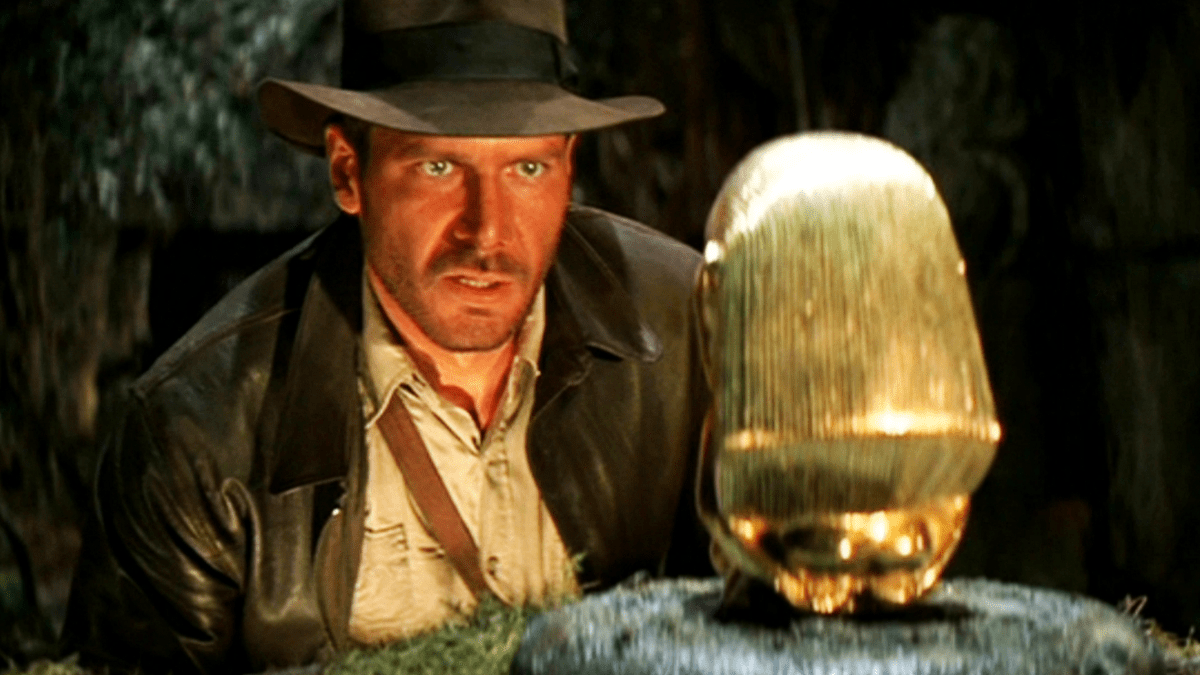On the eve of the release of Indiana Jones and the Dial of Destiny, it can be an intriguing thought experiment to contemplate how the legacy of Harrison Ford’s titular character has transformed with the times over the years.
Nowadays, there’s a greater cultural awareness about the fact that museum artifacts in Western countries can carry with them an unsavory colonial history if they are from a different nation of origin that wasn’t necessarily a focus in the original Indiana Jones trilogy. An example of pop culture’s greater awareness of this history can be found in 2018’s Black Panther — a billion-dollar-grossing film worldwide — in which Michael B. Jordan’s Killmonger asks a museum curator in regard to a fictitious artifact on display, “How do you think your ancestors got these?”
This greater awareness of colonial history alters the moral high ground with which we viewed Indiana in The Last Crusade, where he uttered the famous catchphrase, “It belongs in a museum!” In the context of that film, Indy was trying to wrestle away the Cross of Coronado from Paul Maxwell’s Panama Hat at the time — and he succeeds.
Indiana Jones was never a straight-up hero
Even in the first film — Raiders of the Lost Ark — the opening scene sees Indy stealing a golden idol from an ancient Temple in Peru. Although his ultimate goal would probably be to put it in a museum, the question remains: Why was he removing it from its native country in the first place?
The moral ambiguity of this premise — in which Indy escapes from the famous rolling boulder — speaks to the fact that the character was always written as a somewhat roguish outlaw, not unlike Ford’s Han Solo in Star Wars. This is Illustrated by his past relationship with Karen Allen’s Marion Ravenwood years prior to the events of the film, when she was underage, as was alluded to through dialogue. The dark streak of Indy’s personality is exemplified by the fact that his ambition somewhat mirrors that of his rival in Raiders, Paul Freeman’s Dr. René Belloq, the sophisticated villain and fellow archeologist who stole the aforementioned Peruvian idol from our hero. As Belloq reminds Indy in the film, “I am a shadowy reflection of you.”
Of course, we as viewers immediately get behind Indy in Raiders because he is the main rival of a much greater evil in the story – the Nazis. Much like Brad Pitt’s scalp-collecting Lt. Aldo Raine in Inglorious Basterds, we cheer the character on for seeing the cathartic Nazi revenge tale unfold on the screen, even though it goes without saying he is a character that isn’t afraid to get his own hands soaked in blood to make that happen. However, it’s easy to forget that Indy’s dark side has perhaps always been part of his DNA, much like that of the murderous-yet-suave spy James Bond – a character Steven Spielberg has specifically cited as inspiration.
The real-life MacGuffin that sparked an international incident
In real life, the blurred boundary between artifacts preserved for the sake of humanity’s history and those that are straight-up stolen was exemplified in a news story centering on humankind’s oldest known surviving piece of literature, The Epic of Gilgamesh.
The so-called Gilgamesh Dream Tablet sounds like a MacGuffin worthy of an Indiana Jones film itself but it is an ancient text written in clay that changed hands multiple times until it was destined for a display in the Museum of the Bible in Washington, D.C., as NPR reported. The 3,500-year-old artifact came under the illegitimate owners of the U.S. arts and crafts store chain Hobby Lobby. However, Hobby Lobby President Steve Green said he had no idea it was stolen at the time he purchased it, according to the article.
Eventually, the Gilgamesh Dream Tablet was returned to its home country of Iraq in 2021. On the one hand, the fact that the U.S. may have had an indirect hand in the tablet’s original displacement speaks to the shady nature of how artifacts end up in Western museums to begin with since it was thought to have gone missing around the time of the 1991 Gulf War. But on the other hand, the Justice Department’s lawsuit leveled against Hobby Lobby — in which the company had to pay a $3 million settlement and returned thousands of other clay tablets acquired outside the law — speaks to the West’s transformed sentiments about illicitly-obtained ancient relics.
Indiana Jones and the Dial of Destiny seems to have an awareness of this transformed sensibility that has been generally adopted in Western culture nowadays since Phoebe Waller Bridge’s character, Helena Shaw, equates thievery to capitalism in one of the trailers — even as she is actively participating in such an enterprise. This self-awareness may not be a bad thing for the Indiana Jones franchise, given how modern tastes have changed from when the first film debuted over forty years ago. However, the fact that Helena herself also apparently participates in the illicit acquisition of the film’s central object — the time-manipulating Antikythera mechanism — also illustrates the movie is perhaps continuing the tradition of featuring corruptible main characters. That can be a good thing too, from a storytelling perspective, since flawed characters have room to transform throughout the tale — a key element to any good movie.
We’ll have to see just how much Indiana Jones and the Dial of Destiny changes up the formula from past films when it swings into theaters on June 30.

